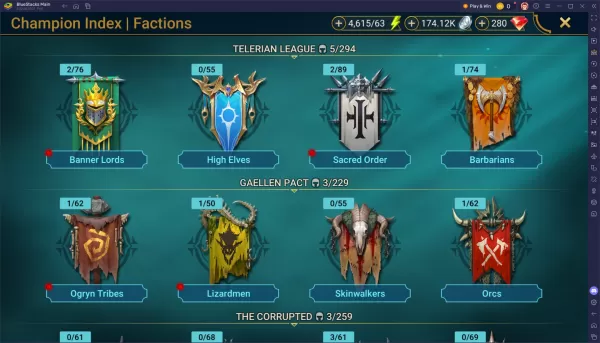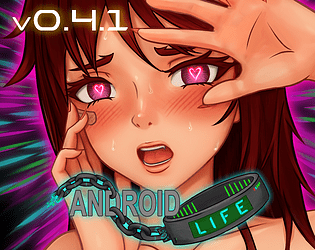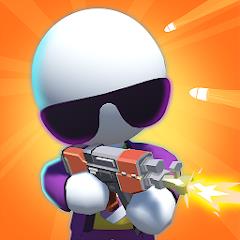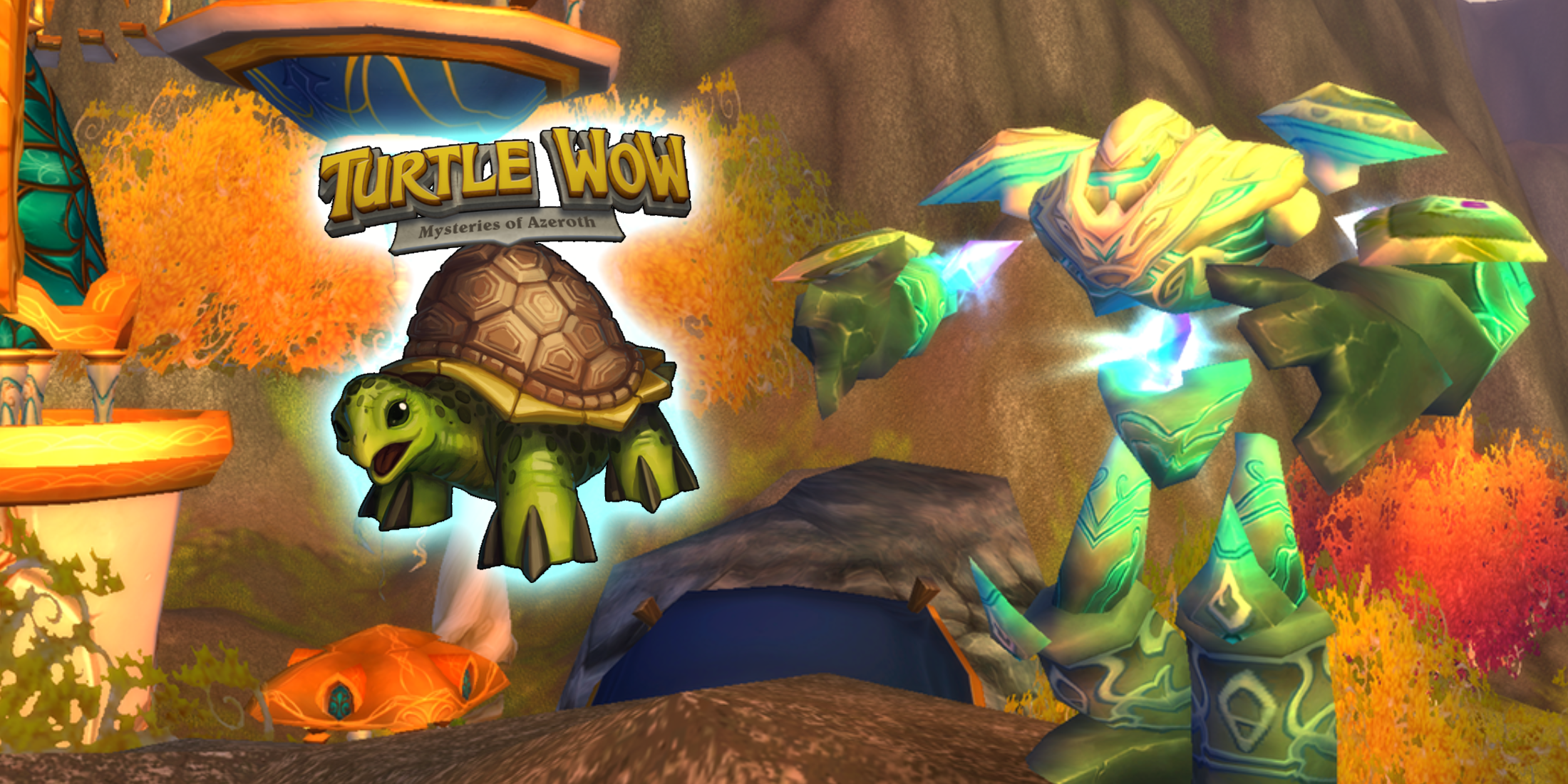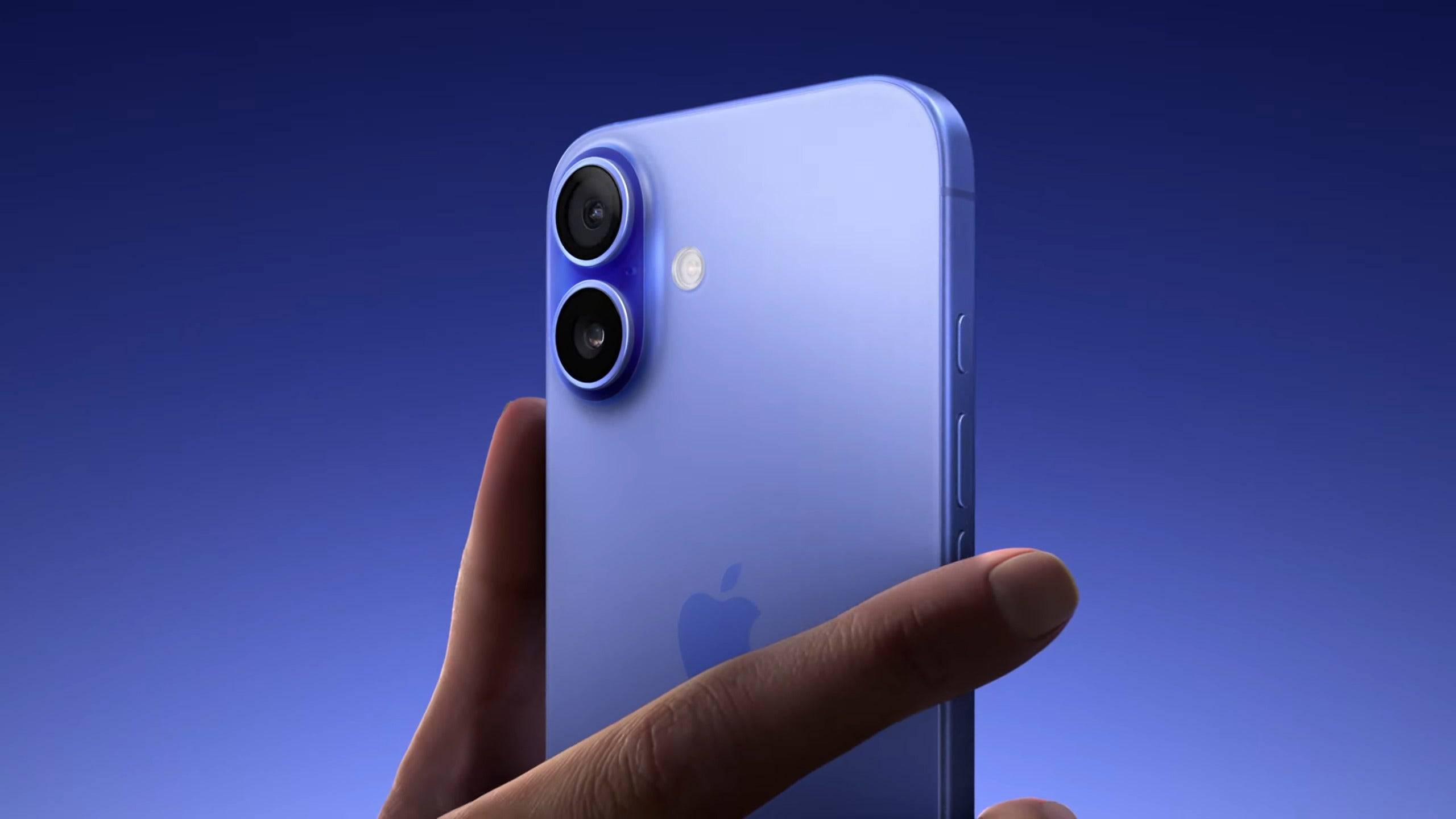Switch 2 Priced Lower Than Some Nintendo Launches
The announcement of the Nintendo Switch 2's $450 USD price tag certainly raised eyebrows, marking a significant increase from what we've typically seen from Nintendo. This higher price point can be attributed to rising production costs and economic factors such as tariffs, which analysts had anticipated would push the price to at least $400 USD.
However, the real surprise came with the pricing of Switch 2 games. Not only do they align with the new industry standard of $70 USD, but some titles, like Mario Kart World, are priced at a staggering $80 USD. When you factor in the cost of additional accessories needed for the full Switch 2 experience, the total investment becomes quite substantial.
To put the Switch 2's price into perspective, let's compare it to previous Nintendo consoles after adjusting for inflation:
Nintendo Switch 2 Price Vs Previous Nintendo Consoles
NES
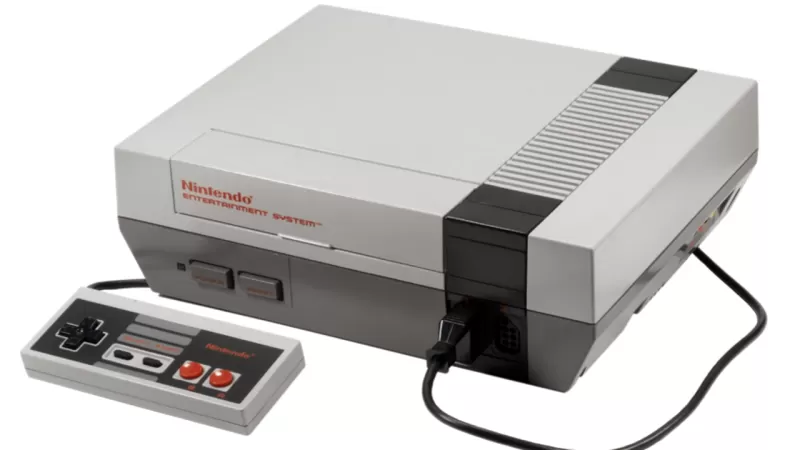 The NES, launched in 1985 for $179 USD, would cost a hefty $523 USD in 2025 when adjusted for inflation.
The NES, launched in 1985 for $179 USD, would cost a hefty $523 USD in 2025 when adjusted for inflation.
SNES
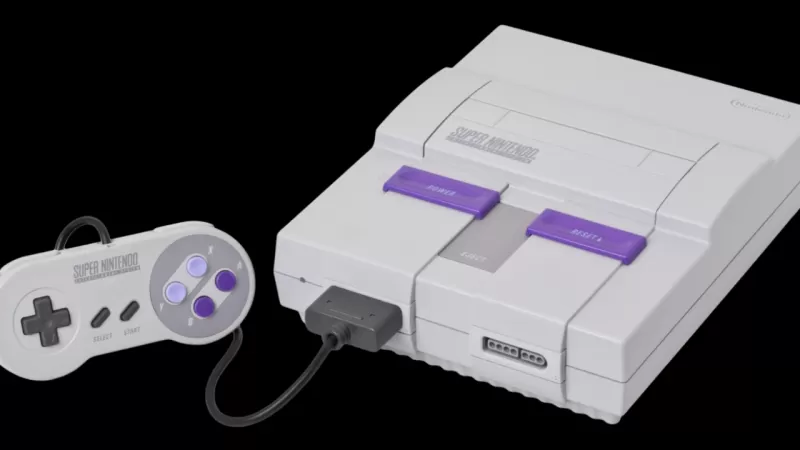 The SNES, released in 1991 for $199 USD, would set you back $460 USD in today's dollars.
The SNES, released in 1991 for $199 USD, would set you back $460 USD in today's dollars.
Nintendo 64
 The Nintendo 64, which hit the market in 1996 at $199 USD, would now cost $400 USD after inflation adjustments.
The Nintendo 64, which hit the market in 1996 at $199 USD, would now cost $400 USD after inflation adjustments.
Nintendo GameCube
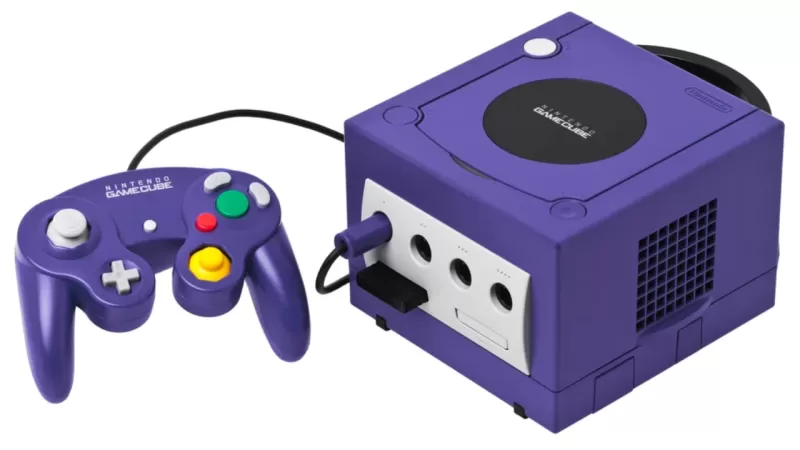 The GameCube, available in 2001 for $199 USD, would be priced at $359 USD in 2025. Its games will be accessible on the Switch 2 via the Nintendo Switch Online's classic library.
The GameCube, available in 2001 for $199 USD, would be priced at $359 USD in 2025. Its games will be accessible on the Switch 2 via the Nintendo Switch Online's classic library.
Wii
 The Wii, launched in 2006 for $249 USD, would cost about $394 USD today.
The Wii, launched in 2006 for $249 USD, would cost about $394 USD today.
Wii U
 The Wii U, released in 2012 for $299 USD, would be valued at $415 USD in 2025, closely aligning with the Switch 2's pricing.
The Wii U, released in 2012 for $299 USD, would be valued at $415 USD in 2025, closely aligning with the Switch 2's pricing.
Nintendo Switch
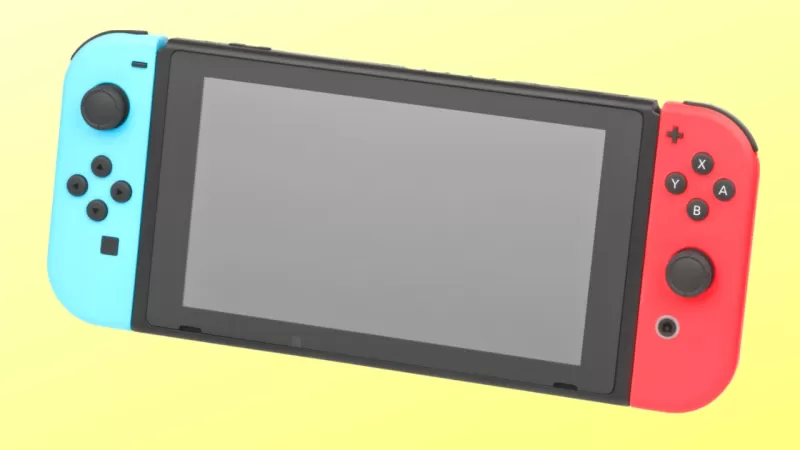 The highly successful Nintendo Switch, which debuted in 2017 for $299 USD, would be $387 USD in today's terms, still cheaper than the Switch 2 set to launch on June 5.
The highly successful Nintendo Switch, which debuted in 2017 for $299 USD, would be $387 USD in today's terms, still cheaper than the Switch 2 set to launch on June 5.
When comparing the original NES's inflation-adjusted price of $523 USD, the Switch 2's $450 USD price doesn't seem as steep, but it's still a significant investment.
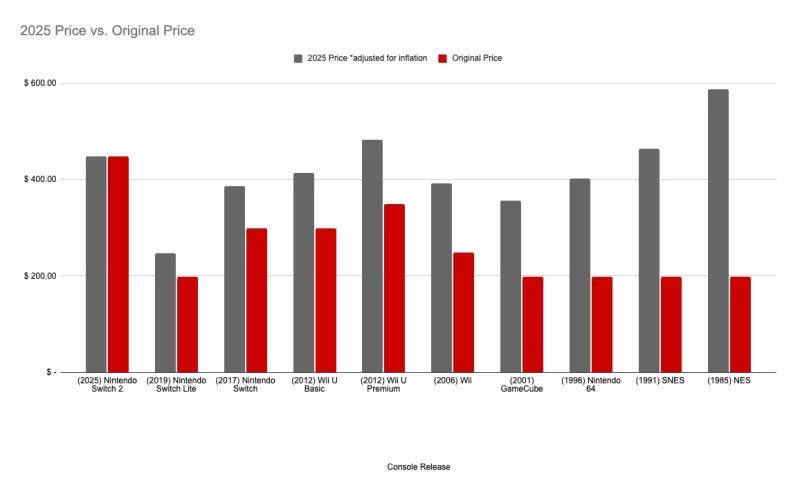 Credit: IGN
Credit: IGN
But what about the games?
While the Switch 2's console price was somewhat expected, the pricing of its games has been a major talking point. Titles like Mario Kart World are priced at $80 USD, while others like Donkey Kong Bananza are set at $70 USD (or $65 digitally). Comparing these prices to the early days of the NES, where games ranged from $34 to $45 USD (equivalent to $98 to $130 USD in 2025), it's clear that game prices have escalated significantly over time.
The Switch 2's pricing strategy reflects real-world economic pressures, as evidenced by the cheaper, region-locked version for Japan, priced at 49,980 JPY or $340 USD.
How Switch 2's Price Compares to Other Consoles
Let's see how the Switch 2's price compares to other iconic consoles when adjusted for inflation:
PlayStation 2
 The PlayStation 2, launched in 2000 for $299 USD, would cost $565 USD in 2025, making it more expensive than the Switch 2.
The PlayStation 2, launched in 2000 for $299 USD, would cost $565 USD in 2025, making it more expensive than the Switch 2.
Xbox 360
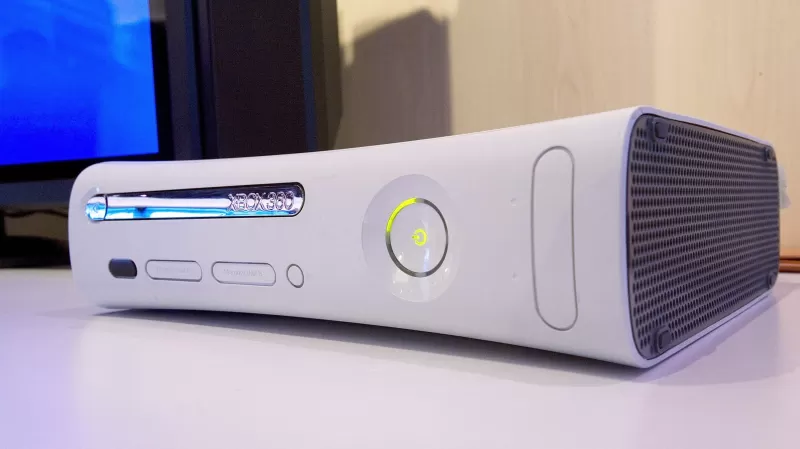 The Xbox 360, released in 2005 for $299 USD, would be priced at about $500 USD today.
The Xbox 360, released in 2005 for $299 USD, would be priced at about $500 USD today.
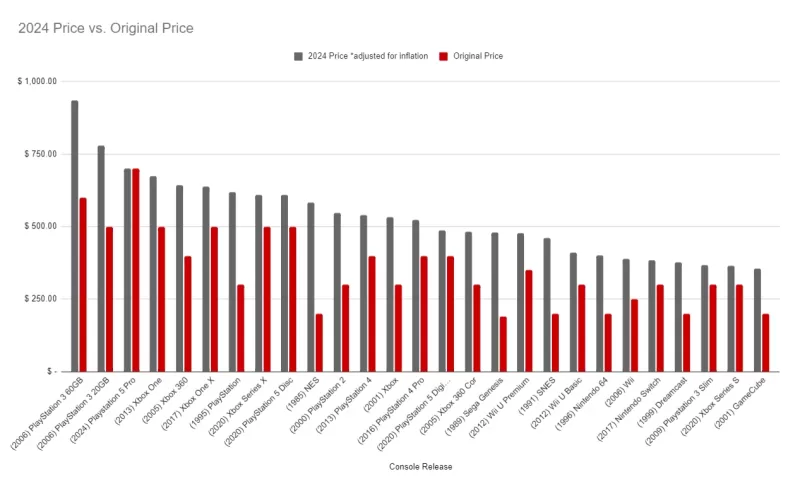 Console prices adjust for inflation. The PS3 was super expensive! Image credit: IGN
Console prices adjust for inflation. The PS3 was super expensive! Image credit: IGN
In conclusion, the Switch 2's pricing, while higher than its immediate predecessor, aligns with the inflation-adjusted costs of many past consoles. For more insights, check out IGN's hands-on with the Switch 2 and discussions with analysts on the factors driving these costs.
-
EA and Maxis have unveiled an exceptional 25th-anniversary celebration for The Sims franchise. Both The Sims 1 and The Sims 2 are making a triumphant return to PC through two Legacy Collections and a special bundle package.Digital Rebirth of ClassicAuthor : Hazel Dec 19,2025
-
Faction Wars stands as one of RAID: Shadow Legends' most challenging yet rewarding game modes. Tied to faction-specific crypts, this RPG mode pushes players to build entire teams from a single faction, testing both roster depth and strategic planningAuthor : Lily Dec 19,2025
-
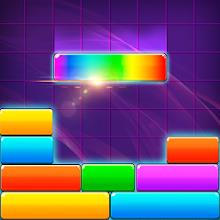 Magic Blocks: Puzzle DropdomDownload
Magic Blocks: Puzzle DropdomDownload -
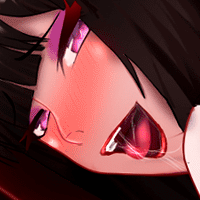 Hitomi's Sick PleasureDownload
Hitomi's Sick PleasureDownload -
 Barber Shop - Simulator GamesDownload
Barber Shop - Simulator GamesDownload -
 Move-it! Charades (Mexa-se!)Download
Move-it! Charades (Mexa-se!)Download -
 Skibidy Toilet Music Tiles HopDownload
Skibidy Toilet Music Tiles HopDownload -
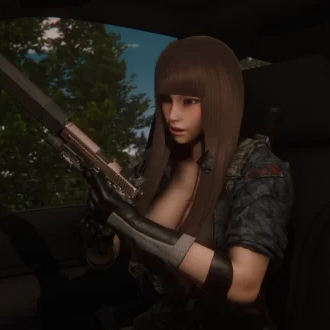 AstreonDownload
AstreonDownload -
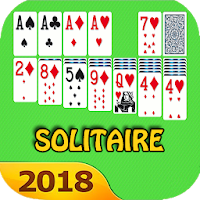 Classic Solitaire Collection - Best Card GamesDownload
Classic Solitaire Collection - Best Card GamesDownload -
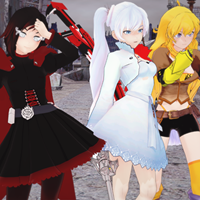 RWBY Rise Of The White FangDownload
RWBY Rise Of The White FangDownload -
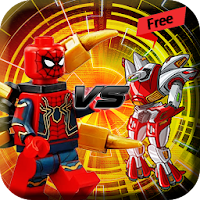 Spider Lego Battle TransformDownload
Spider Lego Battle TransformDownload -
 Pocket Land ModDownload
Pocket Land ModDownload
- Wuthering Waves: Uncover the Secrets of Whisperwind Haven's Palette
- Mastering Two-Handed Weapons in Elden Ring: A Guide
- Roblox Simulator Codes: Unlock Exclusive Rewards!
- Top 25 Palworld Mods to Enhance Your Game
- Ultimate Guide to Shinigami Progression in Hollow Era
- Karl Urban Debuts as Johnny Cage in Mortal Kombat 2

